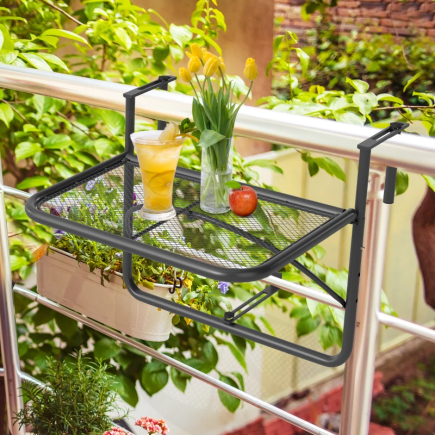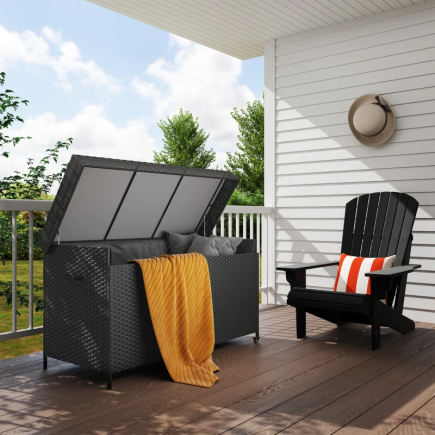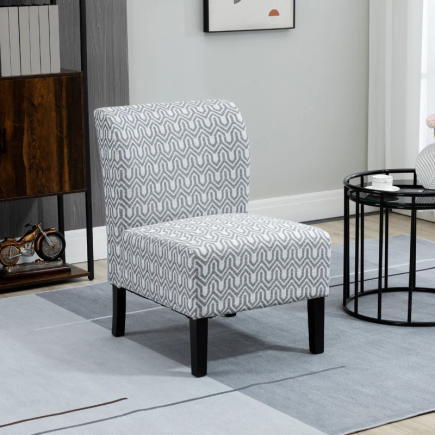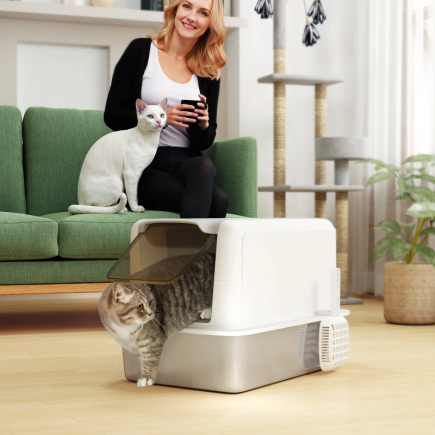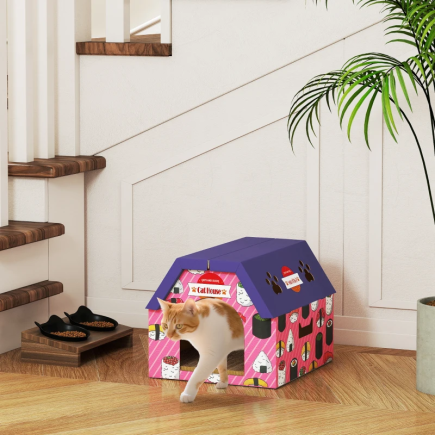
Ceramic and infrared space heaters are two of the most popular options for adding warmth exactly where you need it. Both are electric and portable, but they work in very different ways, influencing how quickly you feel warm, the kind of heat you experience, their efficiency, and the spaces they suit best.
Whether you want steady whole-room heating or instant, targeted comfort, understanding the differences will help you choose the right heater for your home, office, or workshop.
How Ceramic and Infrared Space Heaters Work
Ceramic Space Heater Heating Process
- Heat Generation: When the heater is turned on, electricity flows through tightly wound metal coils that are attached to ceramic plates or blocks. The ceramic heats rapidly because it has a high thermal conductivity, and it also retains warmth well.
- Heat Storage: The ceramic material holds onto the heat, allowing it to maintain a steady temperature without requiring constant high power. This stored heat creates a stable source for warming the surrounding air.
- Heat Transfer: A small, quiet fan inside the unit pulls in cooler air from the room and blows it across the heated ceramic surface. As the air passes over, it absorbs the stored heat.
- Heat Distribution: The warmed air is released back into the room, where it naturally circulates and mixes with the cooler air. Over several minutes, the overall room temperature increases evenly.
Infrared Space Heater Heating Process
- Heat Generation: Electricity powers infrared heating elements, which can be made from quartz, carbon fiber, or other materials. These elements emit infrared light waves that are invisible to the human eye.
- Heat Transmission: The infrared rays travel in straight lines, similar to sunlight. They do not heat the air directly, instead, they pass through it until they reach a surface.
- Direct Absorption: Objects, walls, furniture, and people absorb the infrared rays. The energy from these rays excites the molecules inside these surfaces, producing warmth from within.
- Secondary Heat Release: Once warmed, these surfaces slowly release heat back into the surrounding air, creating a comfortable environment even if the air itself hasn’t been fully heated.
Heating Speed: Instant Warmth vs Gradual Comfort
- Fan-assisted ceramic models release warm air within 1–2 minutes, but they take several minutes to circulate fully and warm up the entire room. This gradual distribution ensures even comfort across the space.
- On the other hand, radiant infrared units provide noticeable warmth instantly, much like standing in direct sunlight. However, this heat is limited to the path of the rays, so while you’ll feel warm immediately when in front of the heater, areas outside the direct line may remain cooler.
Best Room Fit: Enclosed Spaces vs Open Areas
- Ceramic space heaters are best suited for small to medium enclosed rooms, such as bedrooms with closed doors, home offices, and living areas where steady, even warmth is most comfortable. Their fan-driven circulation ensures no cold corners remain.
- Infrared heaters excel in large, open, or less insulated environments, such as garages, workshops, or semi-outdoor seating areas. They are also popular for outdoor setups, like Infrared Patio Heaters used in covered patios or partially open zones, where direct radiant heat is most effective.
Energy Efficiency

Ceramic heaters
- Use more electricity to maintain warmth because heated air cools over time.
- The ceramic plates store some heat, slightly lowering the need for frequent reheating compared to basic fan heaters.
- Efficiency is higher in well-insulated rooms where warm air stays contained.
Infrared heaters
- Convert almost all electrical energy into direct heat for people and objects.
- Lose very little warmth to surrounding air, even in drafty conditions.
- Highly efficient for quick comfort without long run times.
Noise Levels

Ceramic Heaters: Fan-Driven Operation
- Uses an internal fan to move heated air, producing a consistent low hum.
- The sound is mild but constant, making it noticeable in very quiet rooms.
- Can blend into background household noise and may be calming for some users.
Infrared Heaters: Silent Heating
- Delivers warmth without a fan, so there’s no mechanical or airflow noise.
- Maintains complete silence throughout operation, regardless of duration.
- Ideal for keeping the room quiet
- while still providing steady heat.
Safety Features and Surface Temperatures
Ceramic Space Heaters: Cooler Exterior Design

- Fan circulation helps keep the exterior casing relatively cool.
- Lower risk of accidental burns, making them safer for homes with kids or pets.
- Commonly equipped with safety features like tip-over shut-off and overheat protection.
Infrared Space Heaters: Hotter Front Panels
- Front panel can become hot during use, requiring clearance from fabrics and flammable items.
- Wall or ceiling mounting options help prevent accidental contact.
- Usually include built-in overheat protection for safe, long-term operation.
Durability and Maintenance
Ceramic Space Heaters
- Lifespan is 5–10 years with proper care.
- Vents and fan need periodic cleaning.
- Fan parts can wear over time.
Infrared Space Heaters
- Lifespan is 15–20 years with minimal upkeep.
- No fan reduces wear and tear.
- Occasional cleaning of elements and reflectors.
Portability and Installation Options

Ceramic Models
- Generally portable and ready to use after plugging in.
- Lightweight design allows easy movement between rooms.
- No assembly or installation needed.
Infrared Models
- Available in portable designs or as fixed-mounted units.
- Wall and ceiling mounting options suit permanent heating spots.
- Works well for designated heating zones.
Price and Running Costs
For Ceramic Heating Units
- Usually have a lower purchase price, making them a cost-effective option for most homes.
- Deliver good value when operating for long stretches in closed, well-insulated rooms.
For Infrared Heating Units
- Portable versions are reasonably priced, but larger fixed models can be more expensive.
- Consume less energy for short, focused heating, which can lower electricity bills over time.
10. Comfort and Health Considerations
- Humidity Impact: Ceramic Space Heaters warm the air, which can gradually reduce humidity, making a room feel drier over time. Infrared units don’t alter air moisture, so they’re gentler in dry climates.
- Air Movement: Fan-driven ceramic models circulate warm air but can also stir up dust or pollen, which may affect allergy sufferers. Infrared models heat without moving air, helping keep airborne particles to a minimum.
Making the Best Choice for Your Space
Ceramic and infrared Space Heaters serve the same purpose but excel in different conditions. Ceramic space heaters are best for whole-room comfort in enclosed spaces, while infrared heaters provide instant, efficient warmth in targeted areas. Matching your choice to your room type, layout, insulation level, and usage pattern ensures you get maximum comfort and efficiency all winter long.
FAQs
1. Can infrared heaters be used safely around pets?
Yes, infrared heaters are generally safe for homes with pets as long as they’re positioned so animals cannot touch the hot front panel. Wall or ceiling mounting is a smart option to prevent accidental contact, especially with curious pets.
2. Are there weatherproof infrared heaters for year-round outdoor use?
Yes, some infrared heaters are rated for outdoor use with weather-resistant casings, making them suitable for covered patios and semi-exposed areas.
3. Can either type of heater be used in bathrooms?
Only models specifically rated for damp or wet locations should be used in bathrooms to prevent electrical hazards. Many splash-proof infrared heaters are available, offering targeted warmth without the risk of moisture damage.
4. Do ceramic or infrared heaters require special electrical circuits?
Most plug into standard household outlets, but high-wattage or commercial-grade units may require a dedicated circuit to avoid tripping breakers.

